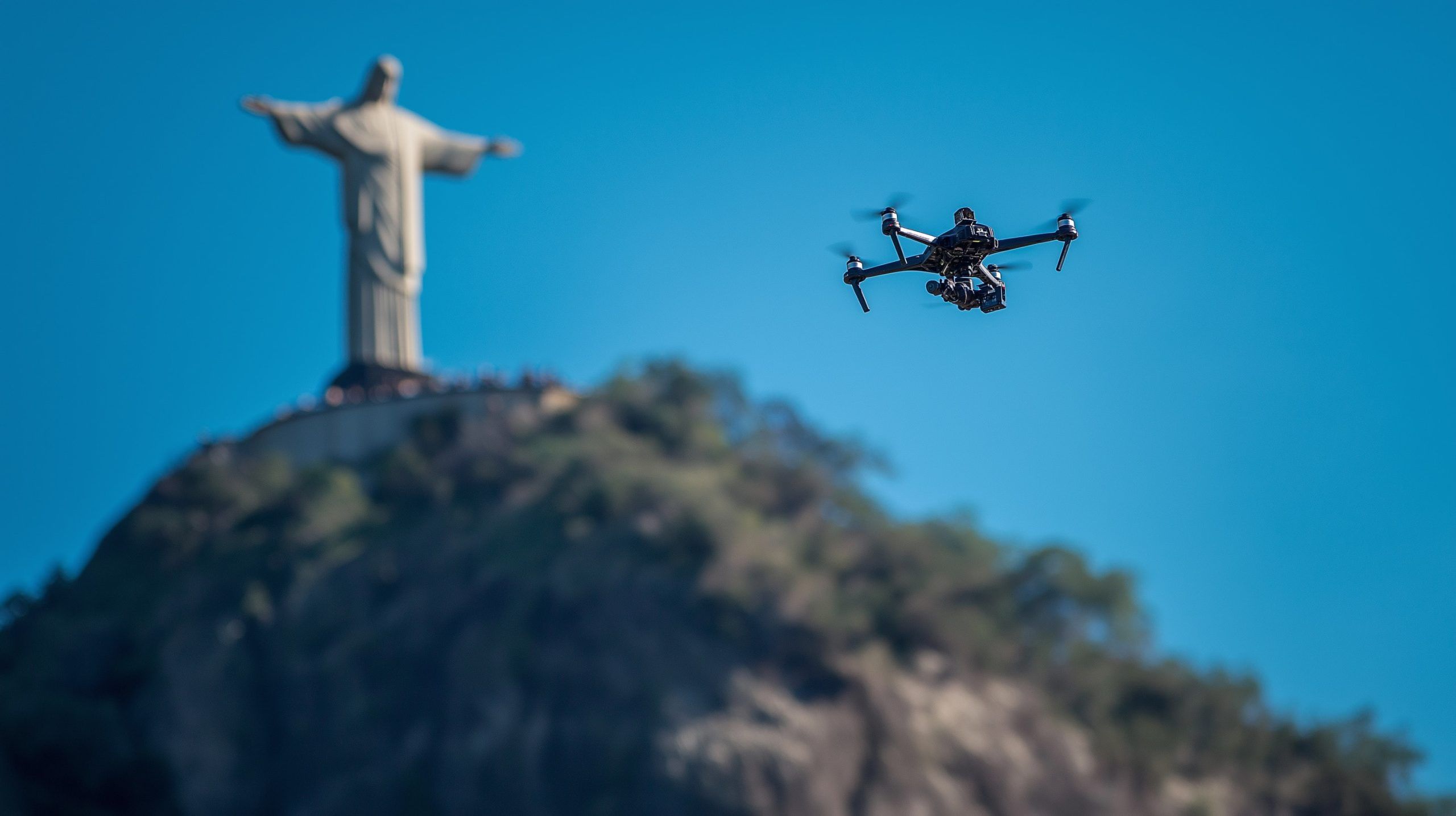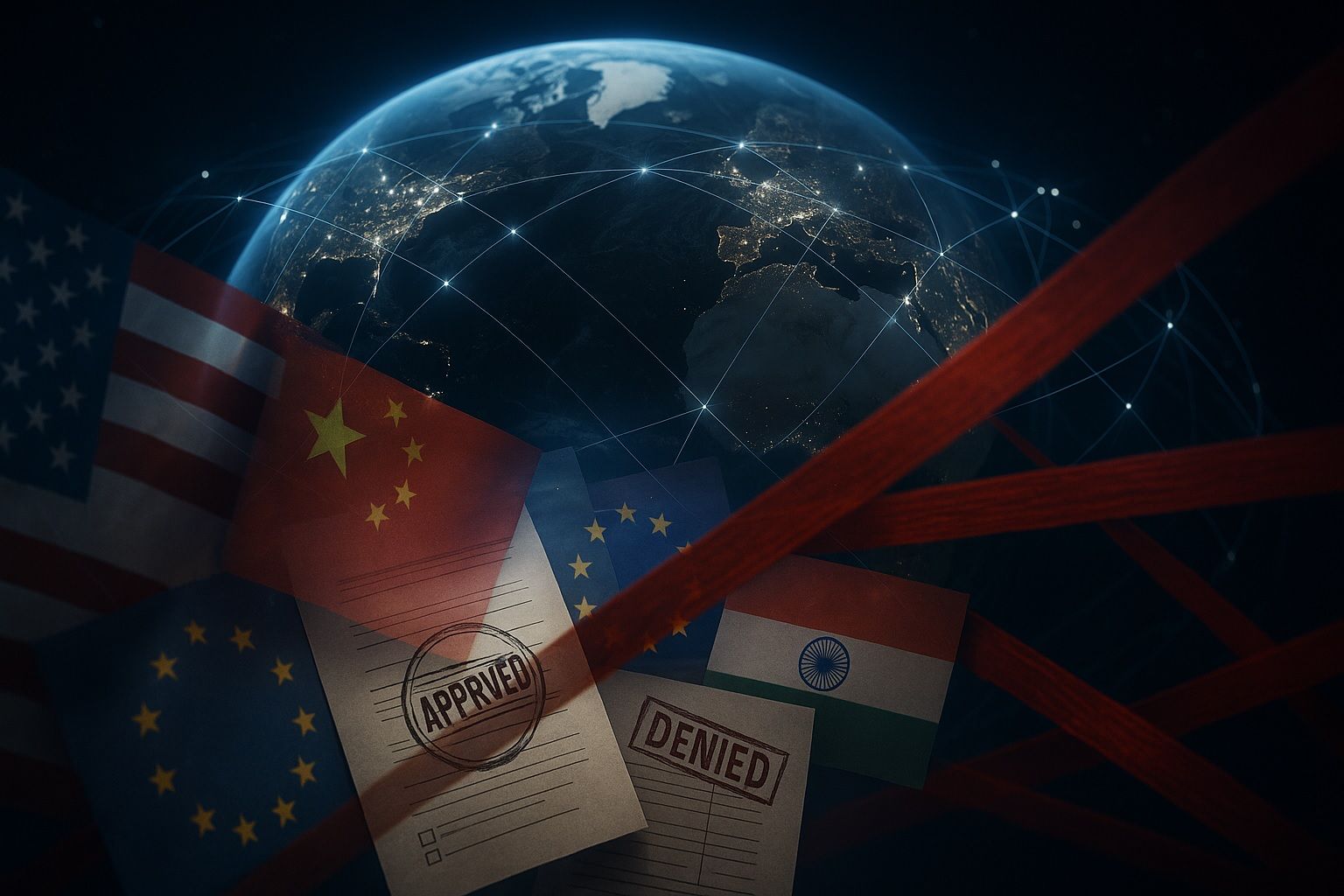
Bitcoin Whale Dumps $9B, Altcoins Whipsaw, NFTs Boom and Regulators Swoop – Crypto News Roundup (July 25–26, 2025)
Galaxy Digital completed the off-market sale of 80,000 BTC for about $9 billion for a Satoshi-era whale, prompting Bitcoin’s dip under $115,000 before rebounding above $117,000. Ethereum hovered near $3,704 after a July surge of nearly 50%, with US spot







